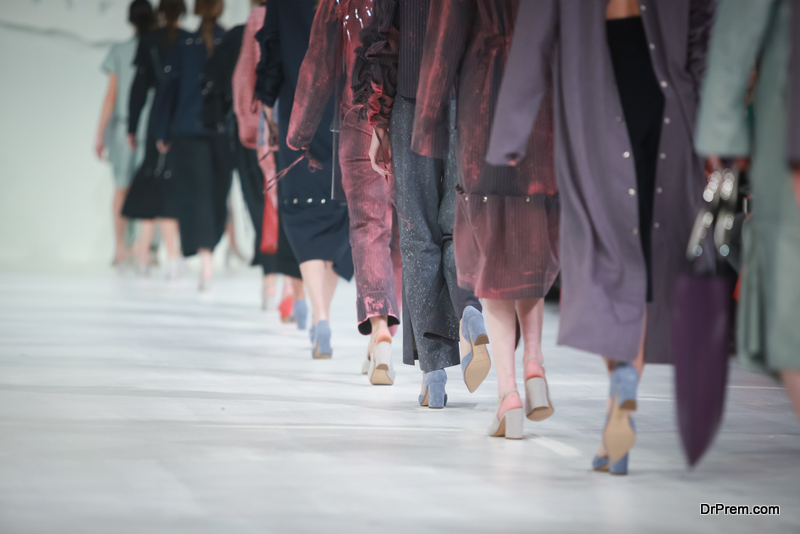Every action we take has some kind of environmental consequence, but the larger our actions – the further we travel, the more people we bring together, the more data we try to process – the greater that impact typically is. What if there was something we could do to reduce that footprint, though? This question is at the heart of many people’s individual sustainability efforts, but it takes more than just good intentions to make more substantial changes, such as those required to make large-scale events more eco-friendly.
Event Management Basics
 At the most basic level, making large events more sustainable relies on the same principles as modifying a small event or personal practice. For example, event hosts should repurpose materials and choose supplies responsibly, such as by renting flatware from a supplier instead of using disposables. Better still, when considered during the planning process, these are easy adjustments to make for small- and medium-sized events. Unfortunately, anything can happen when very large or high-end events are at play.
At the most basic level, making large events more sustainable relies on the same principles as modifying a small event or personal practice. For example, event hosts should repurpose materials and choose supplies responsibly, such as by renting flatware from a supplier instead of using disposables. Better still, when considered during the planning process, these are easy adjustments to make for small- and medium-sized events. Unfortunately, anything can happen when very large or high-end events are at play.
Case Study: A Sustainable Olympic Games
Every two years, athletes and spectators flock to a new destination, to new stadiums and hotels, to celebrate excellence in sports. And while it’s true that the Olympics are an exciting event and even a source of national pride and global unity, at the same time, they’re also immensely wasteful. At least, they usually are. Looking ahead to what are now the 2021 games in Tokyo, however, organizers have committed to creating a sustainable Olympic games, and to do so, they’ve looked to a key set of standards: ISO 20121.
Issue by the International Organization for Standardization, an independent non-profit, ISO 20121 is one of a variety of voluntary standards designed to support productivity and minimize waste of all kinds. This particular standard provides best practices for sustainable event planning and it has become one of the gold standards for major organizations and businesses seeking to prove their eco-friendly bona fides.
Understanding The Framework
 Having standards for navigating the environmental pitfalls of major events, whether that’s the Olympics or a high-end fashion show, is hugely valuable, but even more important than having those standards is understanding how they work. In fact, gaining a deeper sense of the underlying principles is the only way businesses can meaningfully engage with and expand on those guidelines. To that end, those with expertise in this area recommend identifying the sustainability concerns across three core areas of any event: people, planet, and profit.
Having standards for navigating the environmental pitfalls of major events, whether that’s the Olympics or a high-end fashion show, is hugely valuable, but even more important than having those standards is understanding how they work. In fact, gaining a deeper sense of the underlying principles is the only way businesses can meaningfully engage with and expand on those guidelines. To that end, those with expertise in this area recommend identifying the sustainability concerns across three core areas of any event: people, planet, and profit.
What works so well about this “3 Ps” approach to sustainable event planning is that it doesn’t try to change the nature of commercial events. Profit remains a consideration, and that means businesses are more likely to pursue ISO 20121 certification. In fact, skillful execution of sustainability processes can actually boost profits while boosting a brand’s public perception. Today’s audience actively respond to eco-friendly practices, creating further motivation for organizations to pursue recognized certifications.
In coming years, we can expect to see an increase in built-in sustainability practices, those things that come naturally because they’re part of internal policy or facility infrastructure, but those changes don’t happen on their own. Right now, independent guidelines and certifications offer powerful support for sustainable event planning and, as everyone masters the basics, they can help push the agenda further.
Article Submitted By Community Writer




